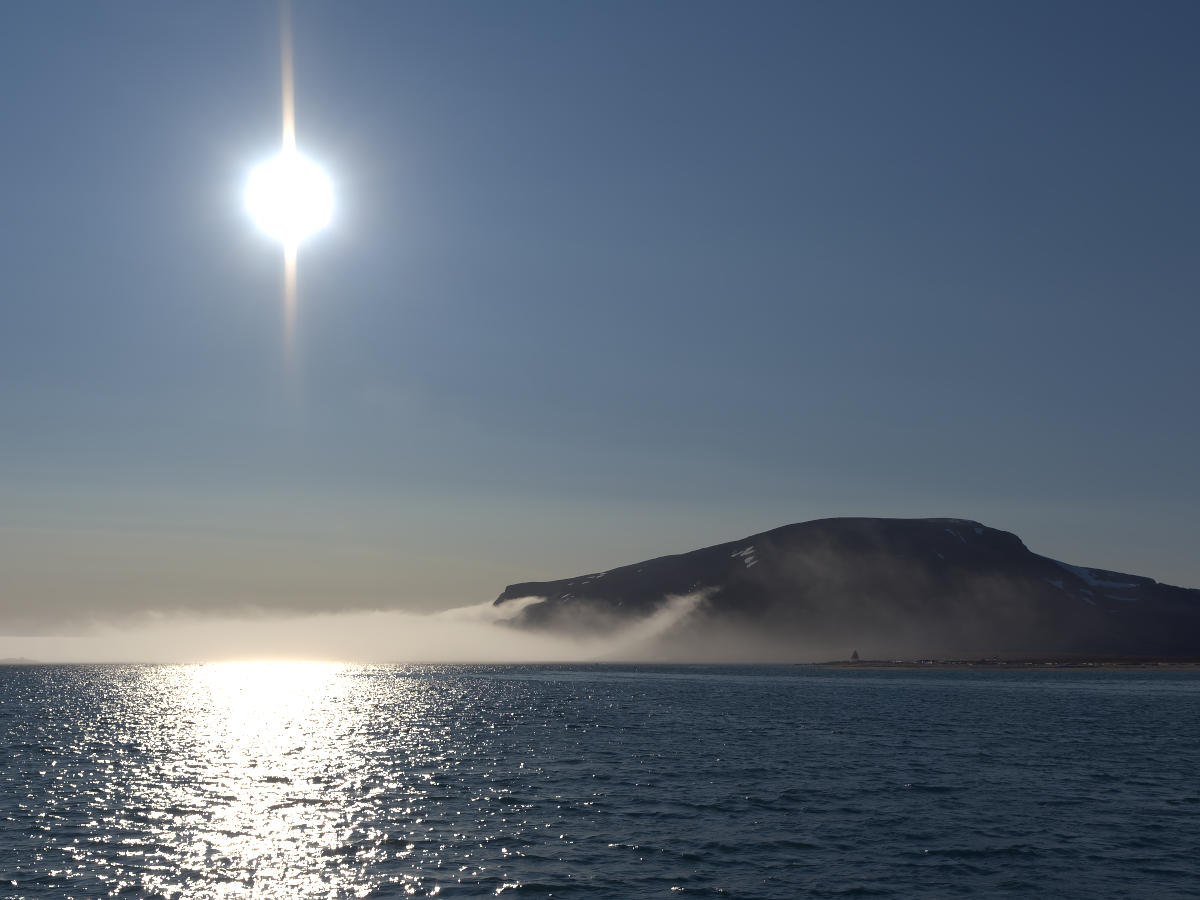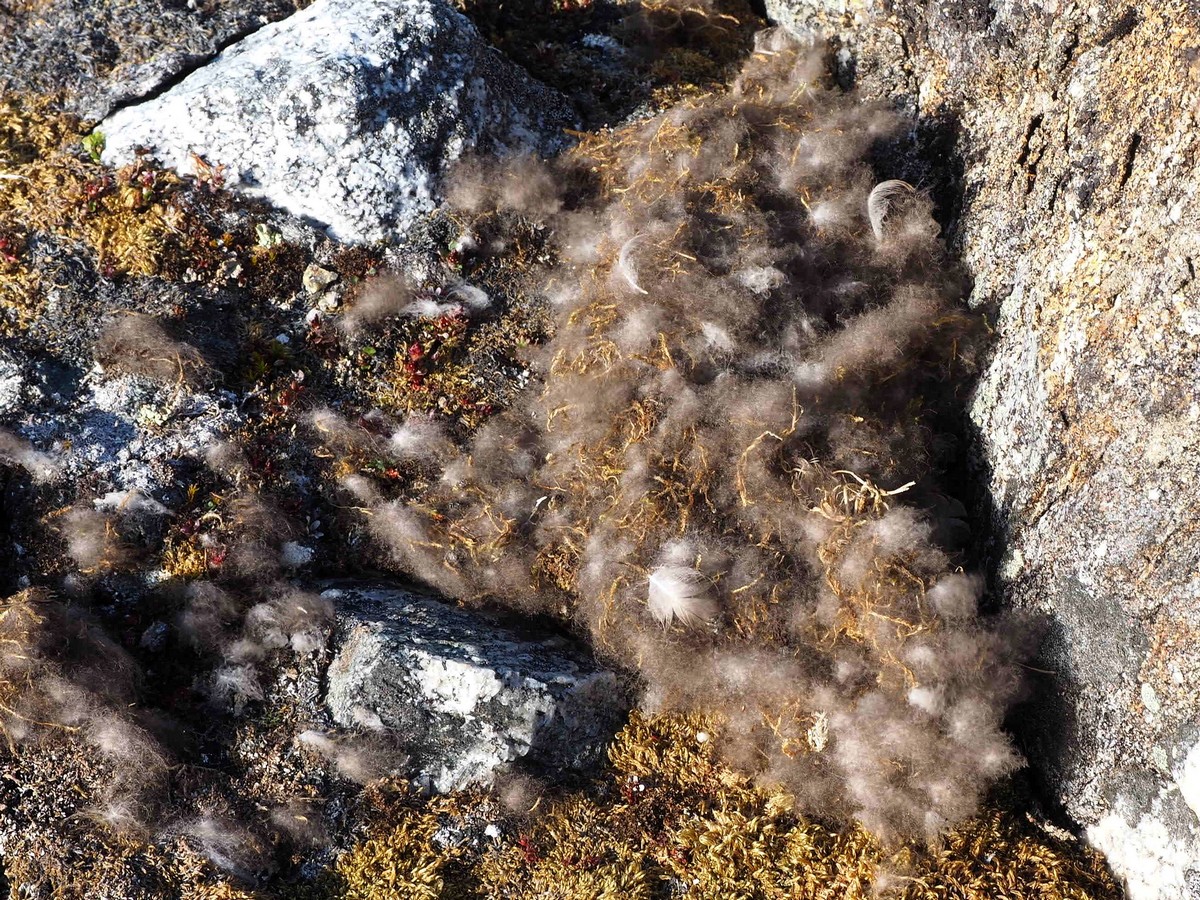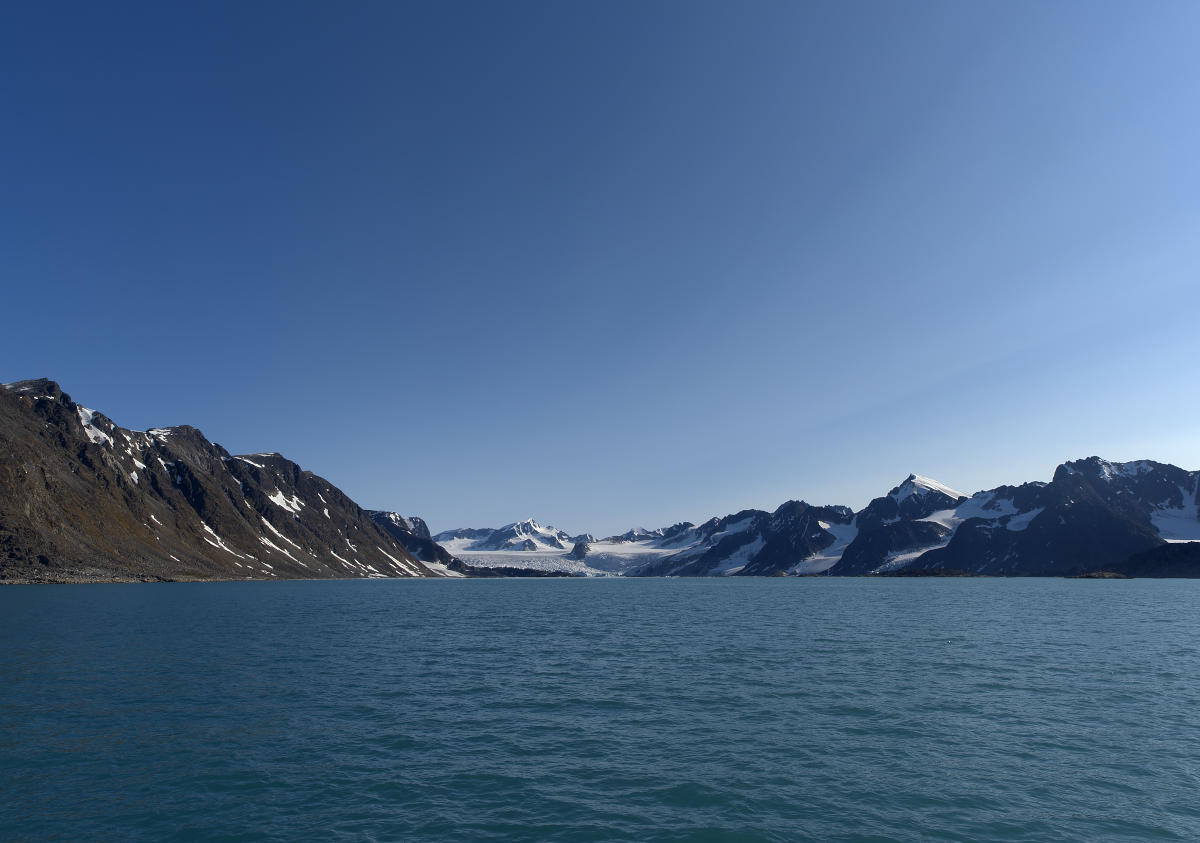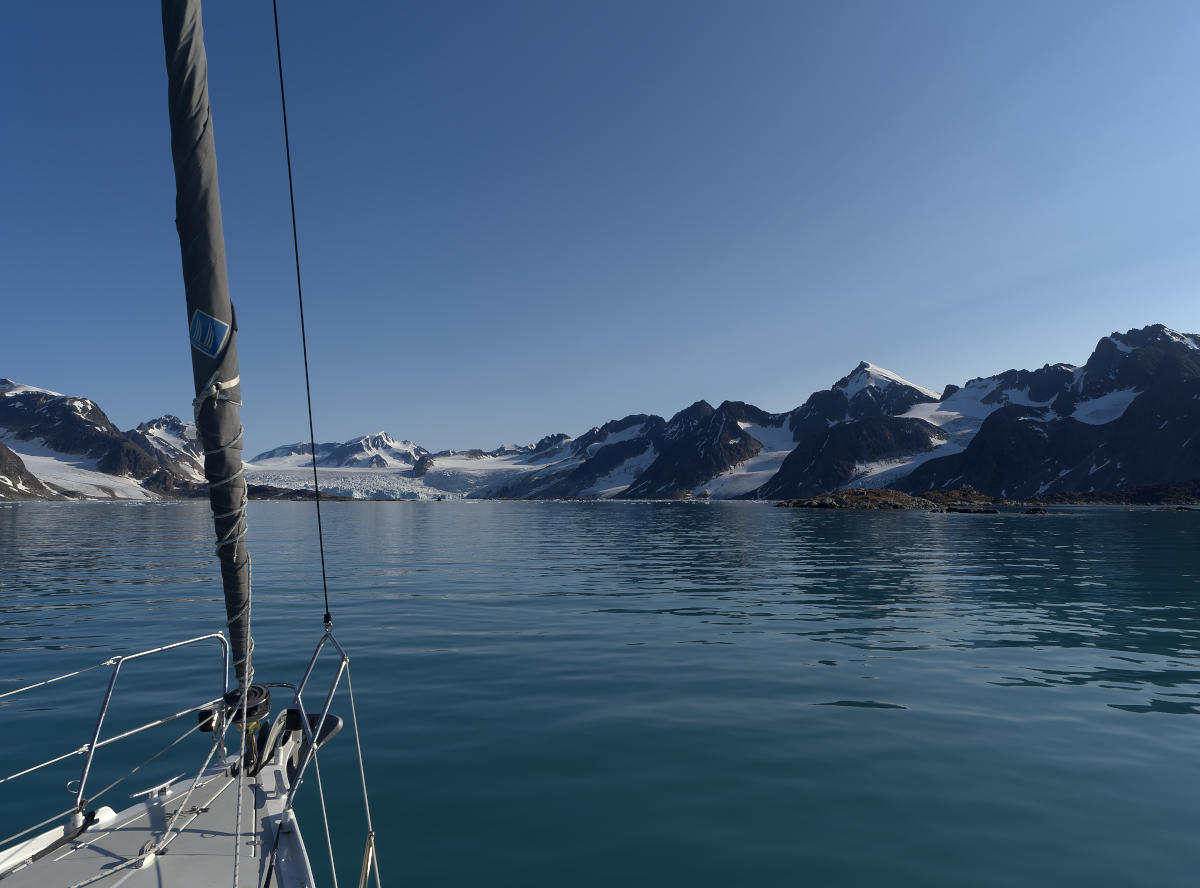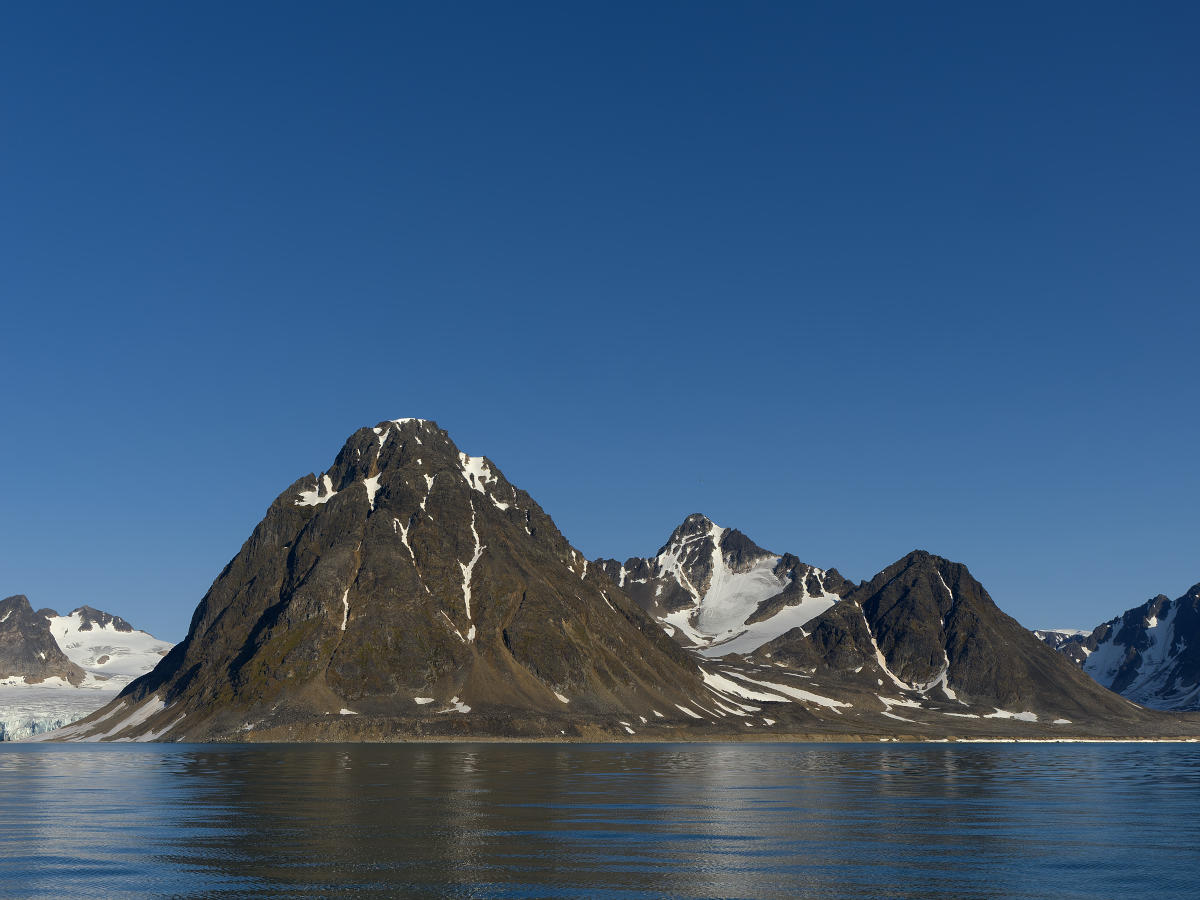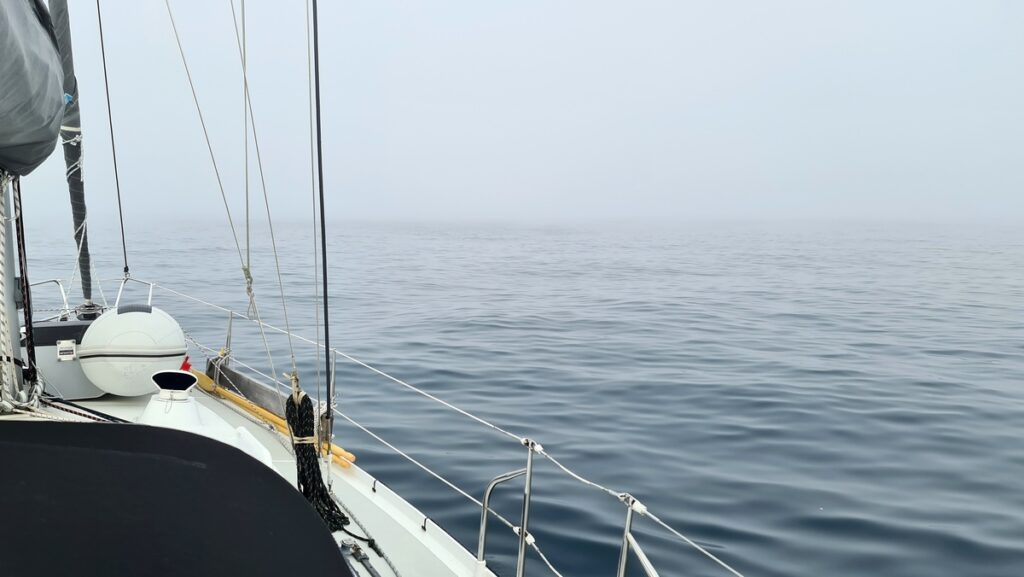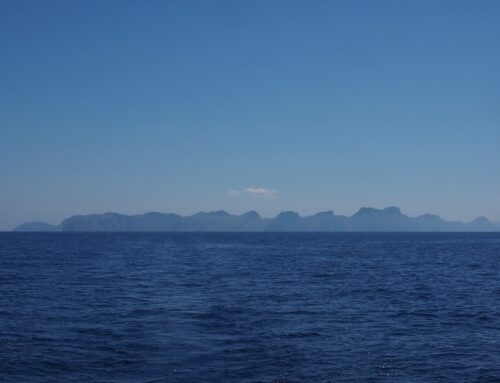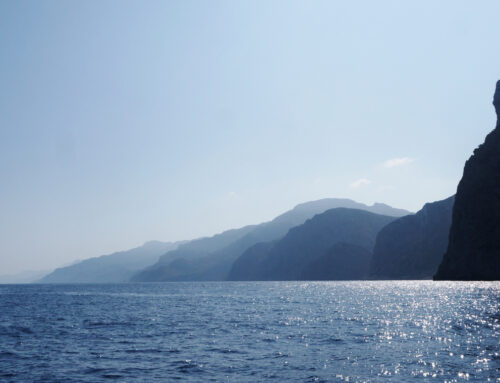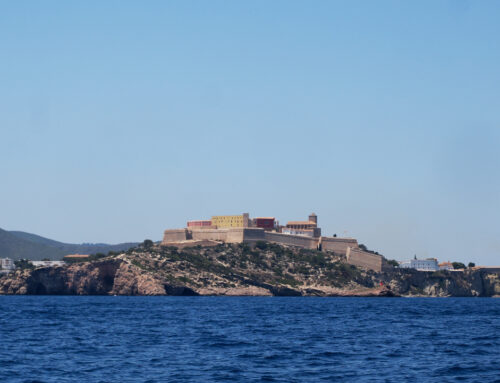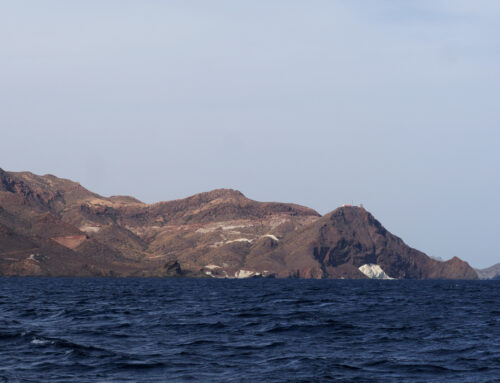Cruising through North West Svalbard National Park
THE MOST NORTHERLY (AND DUTCH) WHALING STATION
The next morning was clear and bright so we headed off to Ytre Norskøya. This was once the world’s most northerly whaling station and, in its heyday, for a decade or two in the mid-1600s, had a summer population of perhaps a couple of hundred Dutch whalers. Maarten Loonen had recommended a visit to this island – he had participated in the archaeological diggings a few years ago.
View of island in Nordvestøyane, the island group that includes Ytre Norskøya.
HISTORICAL SITES AT YTRE NORSKØYA
Today the remains of try-works line the southern shore, while higher on the boulder strewn sandy slopes are the remains of 165 whalers. Well, their graves at least.
For whalers, a summer in Svalbard was a bit of a gamble. Whaling was a dangerous game and, no doubt, being isolated with a mob of rough characters, working long, uncomfortable and cold hours in a high stress occupation produced its own set of risks. But quite aside from this, a big issue for the Europeans was their ignorance of some basic nutritional requirements. They came to Svalbard straight out of European winters where they had enjoyed a vitamin C deficient diet. On Svalbard their diet almost certainly deteriorated and was possibly all but devoid of vitamin C. This pushed many of them into a catastrophic deficit. Examination of the well-preserved corpses buried on Ytre Noskøya by University of Groningen academics has shown that for as many as two thirds of the whalers buried there it was this loss of a summer’s vitamin C replenishment that would prove lethal.
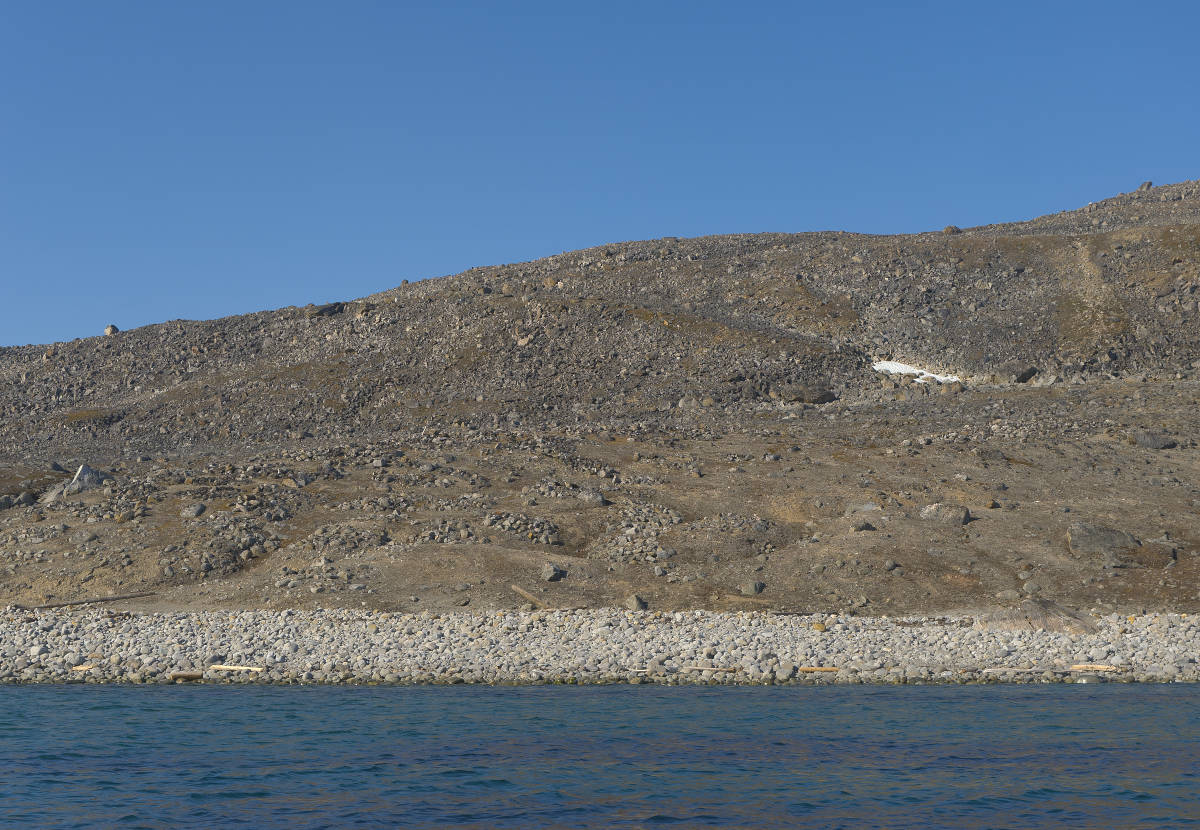
Remains of whaler graves on Ytre Norskøya.
Because of erosion of the sandy soil of the island, landing in the old whaling station area is not permitted anymore. So, instead we took the dinghy to a rocky point on the eastern side of the island that gave us a good view down on the settlement area. This walk also gave the nesting Arctic terns a good opportunity to swoop in to attack.
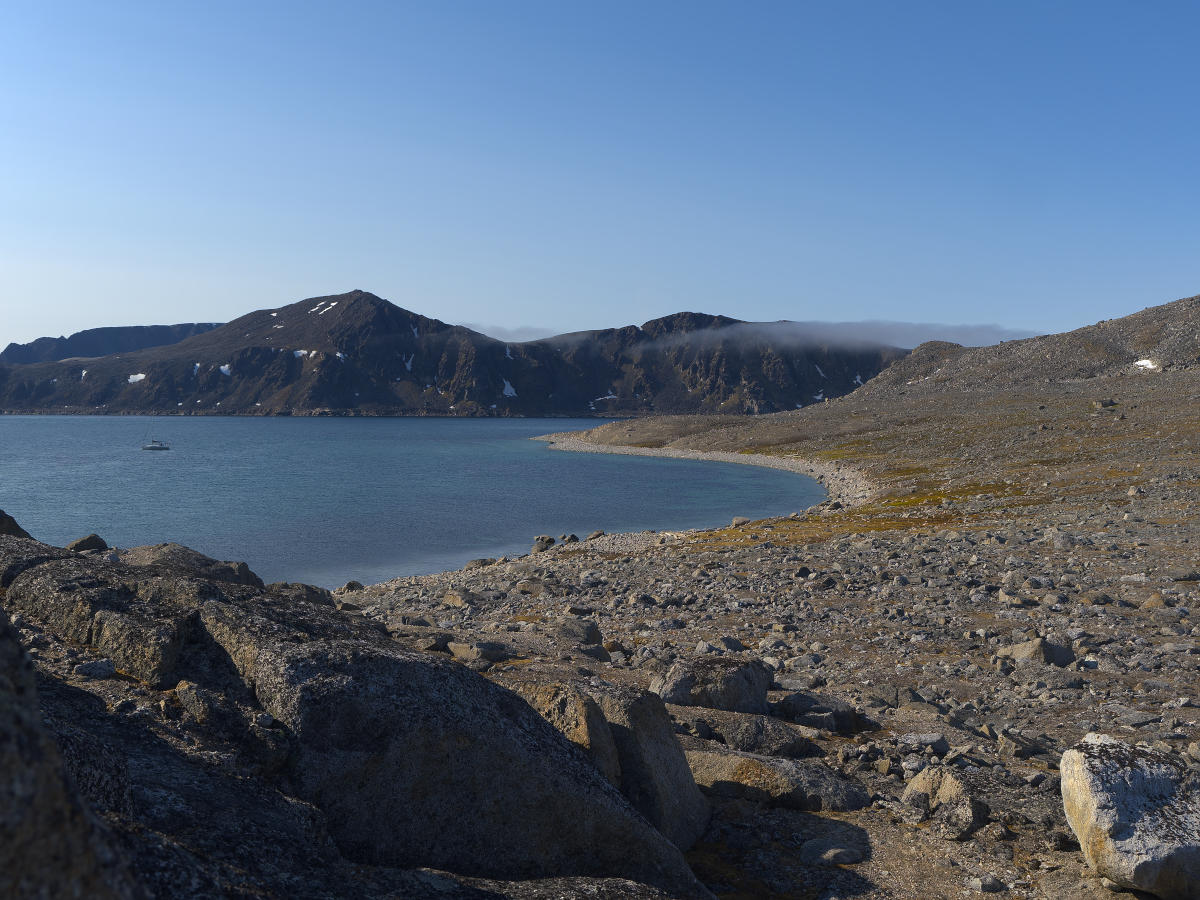
Bay with remains of Dutch whaling station; Yuma is just visible.
Eider down and egg shells near our view point. The down is still harvested in some areas of Norway.
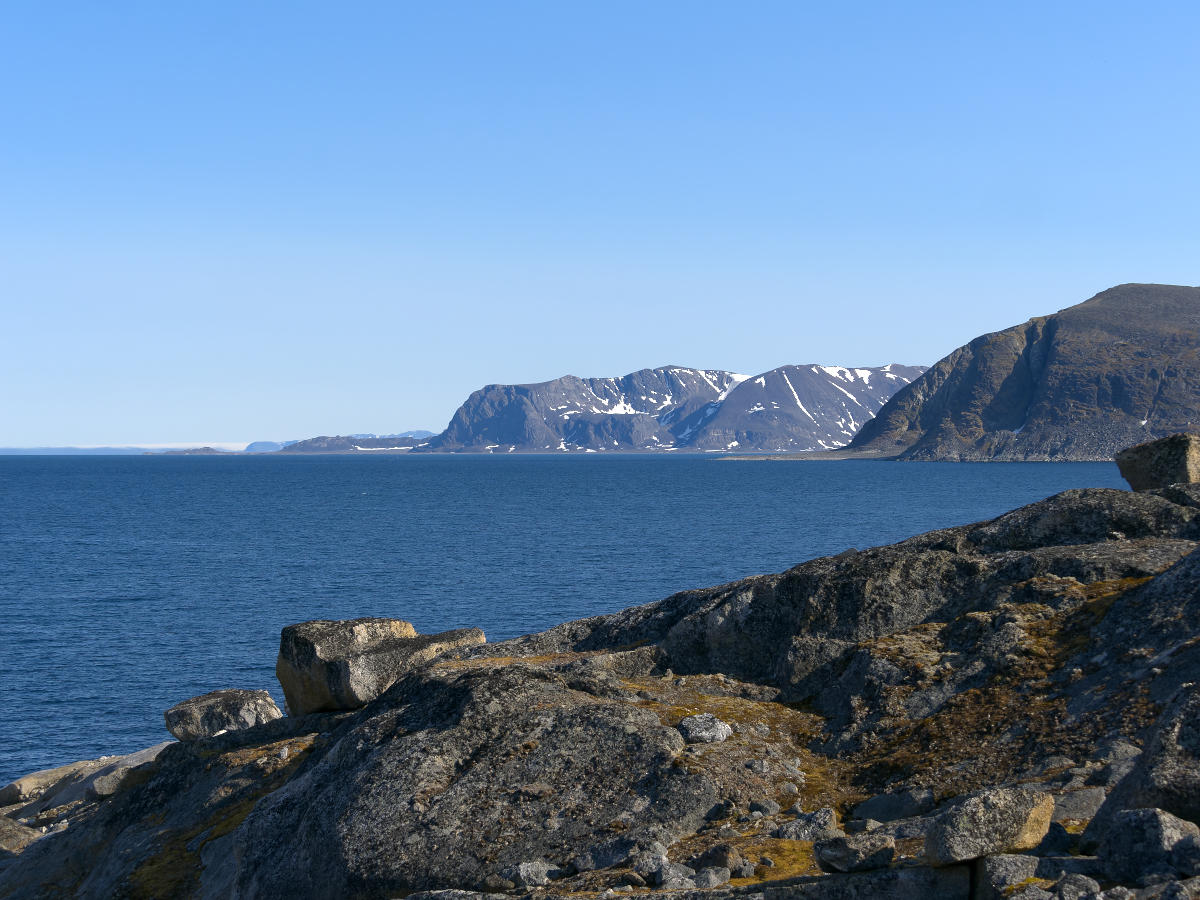
View along northern Spitsbergen.
ARCTIC TERN DETERRENT
It was during this walk that I redefined the use of the World War I .306 Mauser rifle that I was carrying. By law in Svalbard a polar bear deterrent must be carried at all times by a shore party and a weapon of this calibre is very, very strongly recommended as the deterrent of choice. Despite us having encountered polar bears previously, to this point the Mauser had only served as an inconvenient weight on my shoulder. Now, however, leaning it on my shoulder with its butt in my hand, the barrel protruded above my head and served as a highly effective Arctic tern deterrent. In Ny-Ålesund an Arctic tern had left me with a cut on my scalp, now the barrel prevented them from reaching me. Perfect.

One very aggressive Arctic tern.
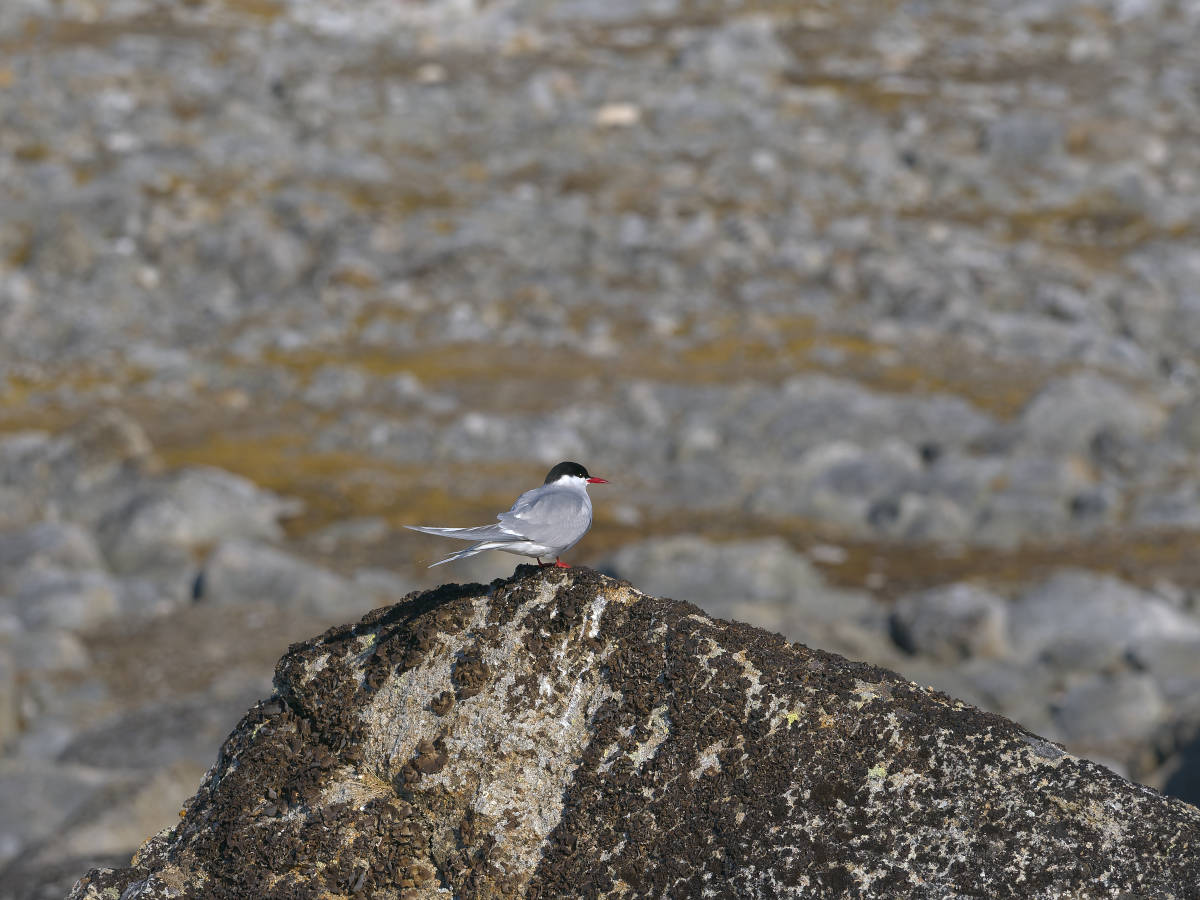
Artic tern considering plan of attack.
DOWNHILL FROM HERE
Back on board we headed south; this means we are now headed back towards Australia. However, while that is technically correct it doesn’t mean that we are getting closer to home. At 80˚N yesterday and at Ytre Norskøya today, we are closer to Australia than we will be with Yuma for a very long time. For now, every mile south is a taking us further from our final destination. The shorter northward, westward and eastward routes are blocked by ice and conditions that we are probably not cut out for. So south it is, the long way round.
Cruising through an unknown fjord with unnamed glacier, towards Virgohamna.
TO VIRGOHAMNA
Our destination tonight is Virgohamna and our route takes us through the islands of North West Svalbard National Park. It wasn’t far so we took it slowly and did a bit of leisurely trolling as we went. We caught, as always, precisely no fish. We took a small detour through the calving ice of an unnamed glacier before dropping anchor in 6m at Virgohamna. With us in the harbour were three other boats, including SY Saraban’de with whom we have been sharing the occasional anchorage since northern Norway. Gezellig!
Scenery in the Smeerenburgfjorden.
